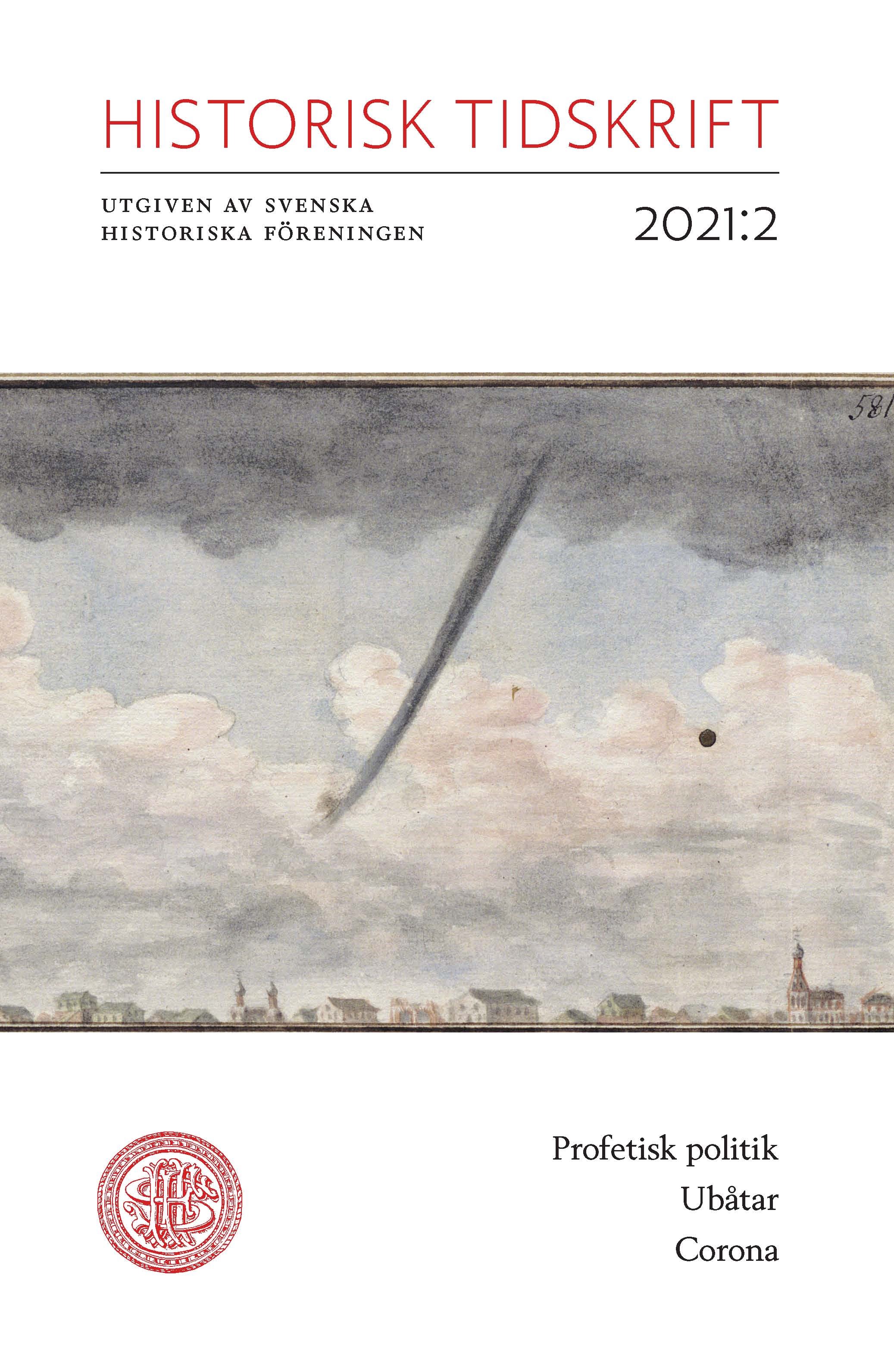Abstract
The killer left the court freely: Escape, safe-conduct, and pleadings for mercy in Swedish judicial practice during the 1640’s.
In the seventeenth century, it was still common in Sweden that a killer took flight only to later turn up in court under safe-conduct. If convicted, the killer could then leave freely after the trial. In most cases, it was the governor or the high court that guaranteed the safe-conduct. From 1614, all homicide cases were referred from local courts to the high court for final decision. The local courts were expected to impose death penalties for homicides, but the high court could overturn the verdict. It was also common that plaintiffs, local courts, and local communities pleaded for mercy for the offender. To run away and to hide, often for many years, was not considered an aggravating action. On the contrary, those who could stay away for at least three years stood a better chance of escaping the death penalty and to be sentenced to pay fines instead. Pleadings of plaintiffs also affected the verdicts. Private settlements, on the other hand, were not recognized by the high court. An already convicted offender who managed, after the trial, to keep away for at least three years, stood a good chance of being pardoned and thereby also avoid execution.
Practices of free conduct appear in high medieval Swedish law codes and the system clearly has a long history. Originally, the practice aimed at reaching a settlement and preventing revenge and feuding. In many ways, the practice of free conduct represents a long-term judicial continuity. Yet over time the judicial context changed and the meaning of the practice transformed into a means to make offenders appear in court. It also developed into a strategy to escape capital punishment. The high court admittedly accepted and even encouraged the traditional judicial practice, but at the same time emphasized the decisive role of the court. Pardons usually involved economic compensation to plaintiffs, but this was no longer the result of private extra-judicial settlements but of court decisions. The attitude of the plaintiffs could still affect the final judicial outcome. In a wider perspective, the development traced in this article was part of the long-term criminalization of homicide and the professionalization of jurisdiction.

